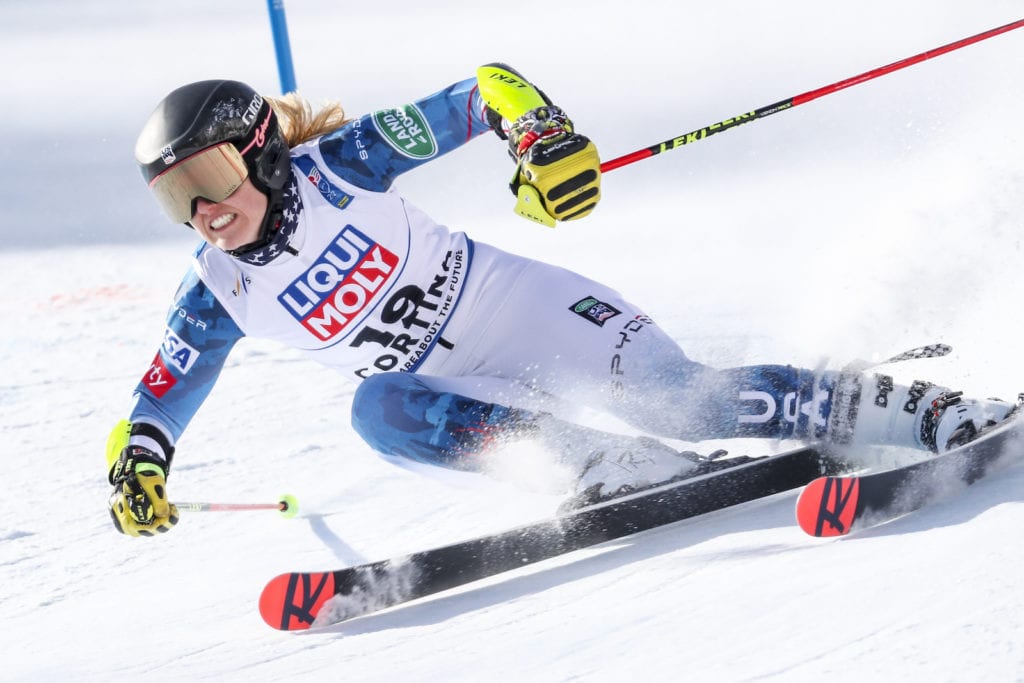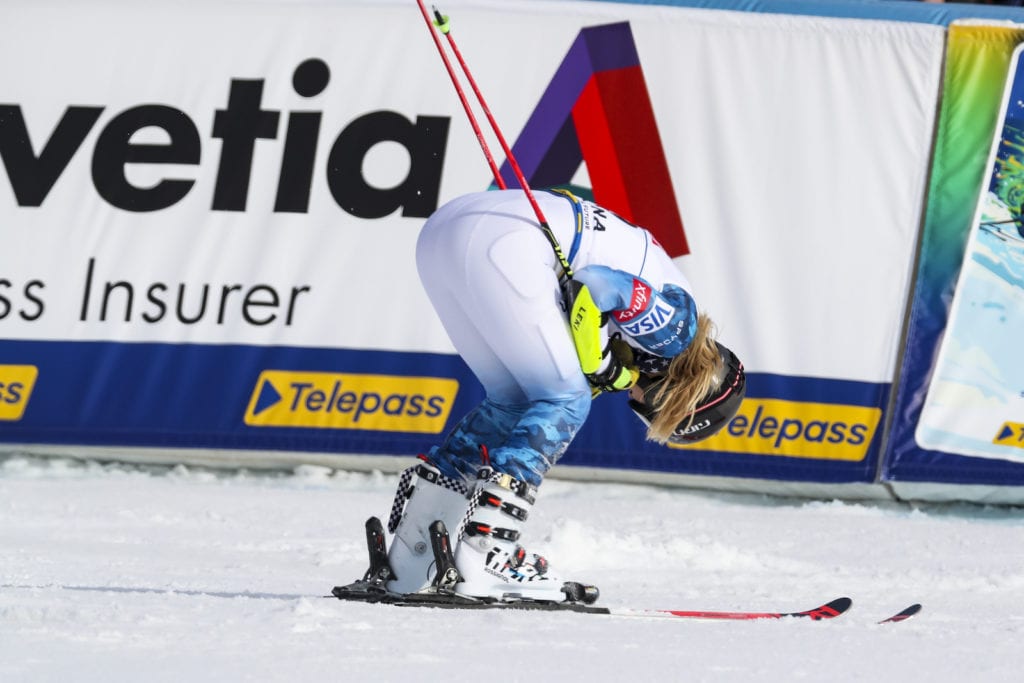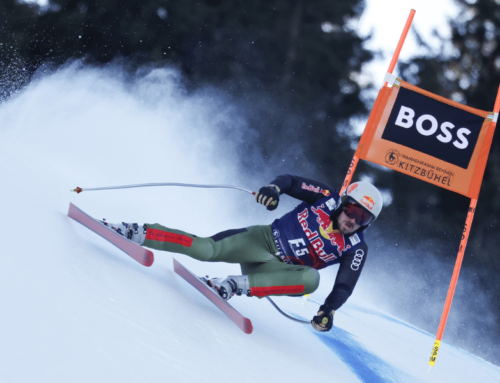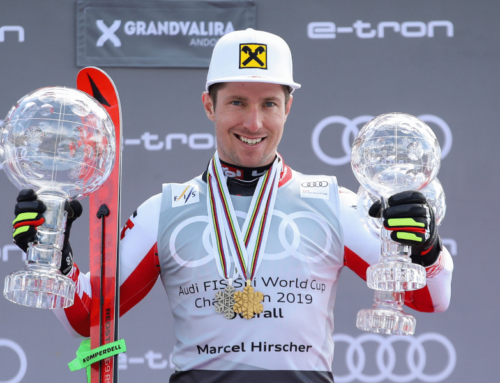Nina O’Brien dealt with equipment questions between GS runs
Nina O’Brien laid down a blistering opening giant slalom run clocking a time just 0.02 seconds behind U.S. teammate and first-run leader, Mikaela Shiffrin.
The 23-year-old racer – competing at her second world championship – was ecstatic. She admitted that she even surprised herself.
“It felt clean, like I was attacking and moving forward, but I had no idea it was that good,” O’Brien told Ski Racing Media. “When I crossed the finish line, I was definitely kind of shocked.”
Unexpected difficulties would begin shortly thereafter, as FIS randomly collected her skis for an equipment check in the Cortina finish area.
“There was a little bit drama – on one side of one of my bindings the screw came up a little bit during the run, so everything was legal except the one part where the screw raised up,” she explained.
O’Brien was left without her ski and boot for a substantial chunk of time, until after all 99 racers completed the first run. The seven-time U.S. national champion waited anxiously for news about how to proceed, uncertain if she would be granted a second run. O’Brien missed lunch.
“I didn’t really get to go in before the second run inspection,” O’Brien said. “There was a little bit of stress.”
Eventually, International Ski Federation race director Peter Gerdol came down the mountain to assess the situation. Technical operations manager and finish area supervisor Andreas Krönner explained the procedure.
“The problem was the standing height – it’s 50 and there is a tolerance of .1 – it was 50.2 on the lower backside, so I put in the right boot in the right ski and checked if it was a contact point,” Krönner said, referring to O’Brien’s right binding plate.
“It was just one (millimeter) too big, but still it was a contact, we announced it on the jury channel and had to wait for Peter,” he said.”
O’Brien noted of her equipment issue: “When it comes unscrewed a teeny bit, it raised up like point one of a millimeter and I was like ‘am I going to get a second run?”
“It was not very tight, so we gave the service guy the possibility to screw it – everybody was there, he screwed it and the screw turned. This was a sign that it comes down,” the FIS official explained.
“We checked it again and it was right at the limit – 50.1 millimeters, so all good.”

Problem solved, O’Brien refocused. Skiing fast, yet again, on the Olympia delle Tofane GS piste, attaining green lights, she appeared en route to grabbing the two-run lead, with only Shiffrin behind her.
Then, suddenly, O’Brien committed a costly error with about seven gates remaining on the final pitch, immediately throwing away her speed.
“I was going for it in the second run, but mistakes happen when you’re sending,” she said.
She crossed the finish a disappointing ninth, dropping to tenth after Shiffrin secured her silver medal, behind race winner Lara Gut-Behrami.
“Regardless of the issues in between, I felt like I had to go for it,” O’Brien said. “I knew that I would be happier going all in then skiing safe, and I did that, so I could be proud of those turns.”
O’Brien – whose best World Cup finishes came in Kranjska Gora last month, when she attained consecutive 13th place results – handled the unforeseen difficulties, following one tremendous run, as best as could be.

“I feel like shoulda, coulda, woulda – it was still a really good day for me, maybe it was almost spectacular.”
For those who don’t believe that ski racing can be a game of luck, at times, Krönner revealed: “I do random tests – it matters which ski I take, and it was bad luck for her that I took the right ski. It was a 50/50 chance for her.”
O’Brien races again in Saturday’s closing slalom, her fourth event in five days.
Follow Brian on Twitter – @Brian_Pinelli





















